The Certified Local Government (CLG) program is one of the unsung heroes of the historic preservation world. Less well known than the National Register, Historic Rehabilitation Tax Credits and Section 106, the CLG program’s utilitarian name has surely contributed to the bewilderment about what the program can do for community-level preservation efforts over the years. It’s also fair to say that the CLG program hasn’t been given the proper attention necessary to reach its full potential – until now! In late 2018 the PA SHPO rolled out revised guidelines for the CLG program in Pennsylvania, complete with a renewed sense of purpose, clearer goals and revamped technical assistance and grant programs. So, here are five things you wanted to know about the new and improved CLG program in Pennsylvania but didn’t know to ask.
1. The goal of the CLG program is to support effective and holistic preservation programs in Pennsylvania communities
One of the most significant changes to the CLG program in the recent overhaul was the reorientation of the program to be a support system for municipalities that want to go beyond an ordinance or a review board – although those are important – and truly make preservation work in their communities. Rather than simply making a list of things local governments needed to do in order to participate in some program, we paused and tried to articulate what it takes to make local preservation programs effective. So what does it take to build an effective program in Pennsylvania?
- It takes a recognition that historic places and historic preservation are integral to a community’s approach to planning, economic development, and identity
- It takes building codes that encourage rehabilitation and clear policies and guidelines to implement preservation ordinances
- It takes public engagement with historic places and preservation programs
- It takes good, current information about places that matter to the community
- It takes the local government leading by example through stewardship of its own historic buildings as well as providing human and financial support for preservation projects
The new CLG program in Pennsylvania is designed to encourage municipalities throughout the Commonwealth to follow these principles when developing new preservation programs or working to improve existing ones.
2. Being a CLG is a mark of distinction and credibility for your community
Everyone wants to feel special now and then, and local governments are no exception. Participating in the CLG program is one way for municipalities to distinguish themselves and show their residents, community leaders, and the outside world that historic places are valued in that community. It also means that the community implements effective historic preservation policies, and programs, and practices, which can lend credibility to the community’s efforts. We took our cues from the Main Street America program when rethinking what the CLG program means. Many communities have revitalization committees or community development organizations that work to breathe new life into established places. However, if that community is Main Street Accredited, it “signifies commitment to comprehensive revitalization, community engagement, and rigorous outcome measurement.”
In Pennsylvania, being a CLG means your community is committed to making historic preservation a core part of how you plan, develop, and grow and that you have all the parts and pieces you need to be effective.
3. CLGs receive specialized technical and financial assistance
The CLG program gives participating communities access to technical and financial resources that can help them develop, improve, and sustain their preservation programs. The CLG Grant Program if funded by a portion of Pennsylvania’s annual share of the Federal Historic Preservation Fund and provides support for planning, education, and documentation (i.e. non-construction) projects that municipalities need to do the work of preservation. Maybe your community is updating its comprehensive plan, needs new design guidelines, is rewriting its preservation ordinance, or wants to update its historic resource survey information – all of those things are eligible for the CLG Grant Program. CLG grants can also be used for National Register nominations, feasibility studies, and public education programs, and we’re also working on a mini-grant program for smaller, more time-sensitive projects, and a scholarship program to support training for municipal staff, review board/commission members, and elected officials.
Speaking of funding – if a CLG also participates in the Keystone Communities Program sponsored by the Department of Community and Economic Development, funding applications for the Keystone Communities program from that community will receive special consideration in the selection process. The same is true for the PA SHPO’s Keystone Historic Preservation Grants. Starting in 2020, applications from within a CLG will receive special consideration in the evaluation process for planning and construction grants for preservation projects.
In addition to grants, CLGs are also eligible for free technical assistance from the PA SHPO for a variety of design and planning projects. These programs include Designing for Preservation Solutions (DPS), which offers pro bono design services for preservation-related projects. Maybe there’s a building in your downtown that needs a facelift and the owner just needs to see a rendering of what could be in order to be convinced. Or maybe the local library needs some help figuring out how to sensitively install a ramp on its historic building. Or maybe there’s a white elephant building that nobody can figure out what to do with and you need some reuse ideas to get the process started. The DPS program can help organization located in CLGs solve these problems (and more).
On the planning side, Guidance for Preservation Solutions (GPS) can help municipalities think through a wide range of preservation issues for local projects where the PA SHPO might not otherwise be involved. Maybe your Planning Commission is considering a subdivision where there may be archaeological resources. Or maybe the HARB is reviewing a complicated project and wants some outside advice before making a decision. CLGs can ask the PA SHPO for advice on these types of issues and our staff will give you a comprehensive response to help you in your decision-making.
4. Communities of all sizes and types can be CLGs
The CLG program is open to communities of all types – cities, boroughs, and townships – anywhere in Pennsylvania. The goal is to help communities of every size develop their preservation program in a way that is appropriate for their resources and capacity while following some common legal, ethical, and procedural best practices that are common to all communities. There are currently 45 CLGs in Pennsylvania and if you look at the list, you’ll notice that there are small rural townships as well as Philadelphia Pittsburgh and a variety of places in between.
5. Applications are accepted at any time
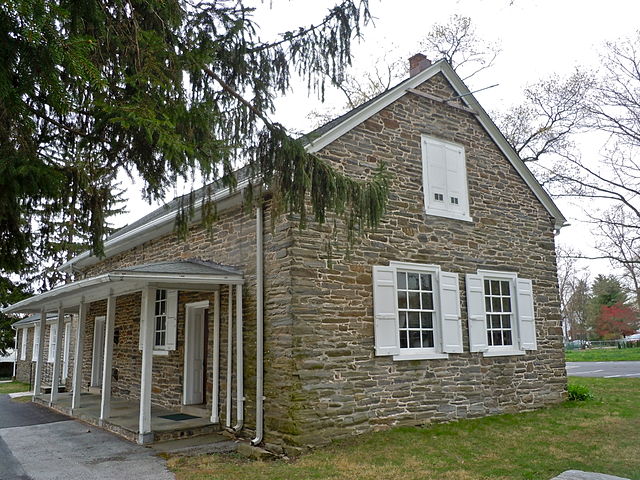
Haverford Friends meeting,(c 1683) in Haverford Township, Delaware County, the newest CLG in Pennsylvania.
A municipality can apply to be a CLG at any time. There are no fixed deadlines and applications are accepted and reviewed on a rolling basis. Because this is a government-to-government program, the application must be signed by the chief elected official in your community and be accompanied by the completed application form and attachments. Assuming your community meets all of the certification requirements, the timeline from application to certification is usually 3 – 4 months.
So, if your community has a historic preservation ordinance and you’re looking to build and improve its effectiveness, or if you’re thinking about starting a preservation program – consider becoming a CLG. We’ve even created a short online quiz you can take to see if you have the core building blocks in place already. If you have questions or are ready to take the plunge, please contact the Community Preservation Coordinator for your region for more information. Who knows – your home town may be the next CLG in Pennsylvania!
Comment Policy
PHMC welcomes and encourages topic-related comments on this blog. PHMC reserves the right to remove comments that in PHMC’s discretion do not follow participation guidelines.
Commenters and Comments shall be related to the blog post topic and respectful of others who use this site.
Commenters and Comments shall not: use language that is offensive, inflammatory or provocative (this includes, but is not limited to, using profanity, obscene, or vulgar comments); disparage other commenters or people; condone illegal activity; identify the location of known or suspected archeological sites; post personal information in comments such as addresses, phone numbers, e-mail addresses or other contact details, which may relate to you or other individuals; impersonate or falsely claim to represent a person or an organization; make any commercial endorsement or promotion of any product, service or publication.
If you would like to comment on other topics not related to this blog post but related to PHMC, please fill out the PHMC Contact Us Form.
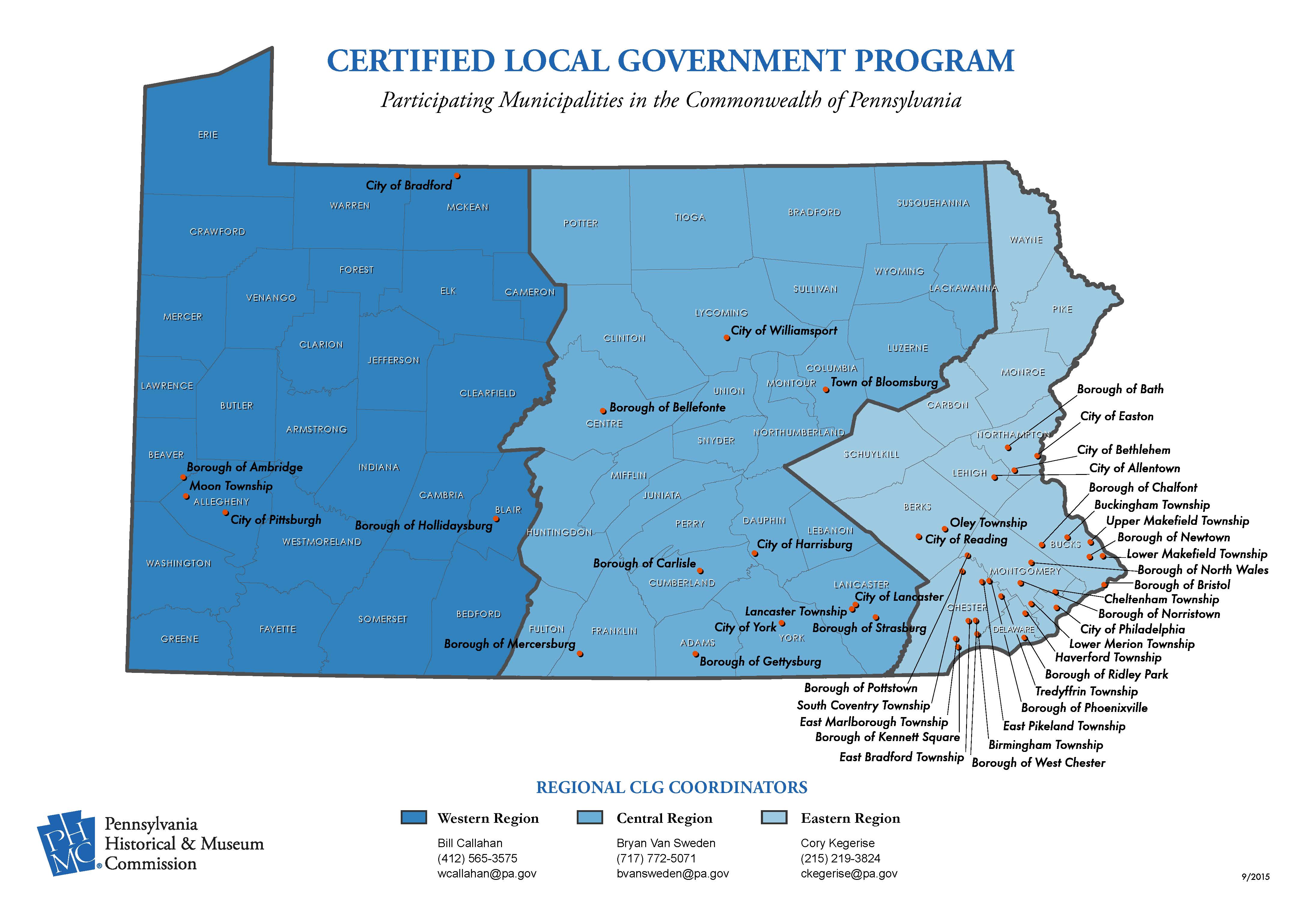

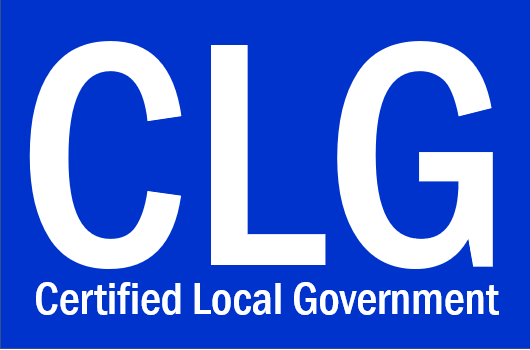
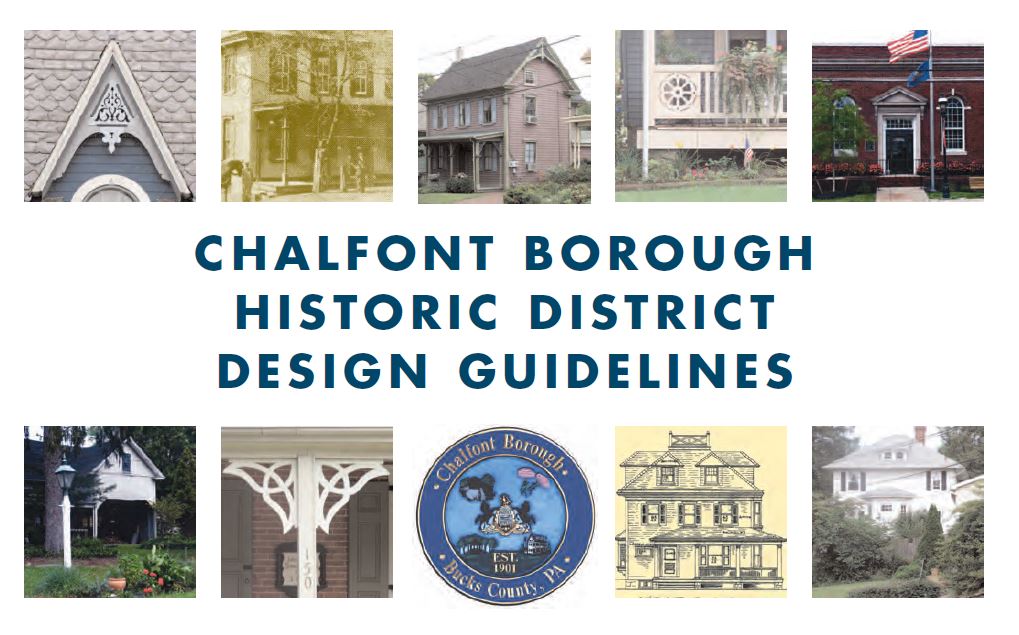
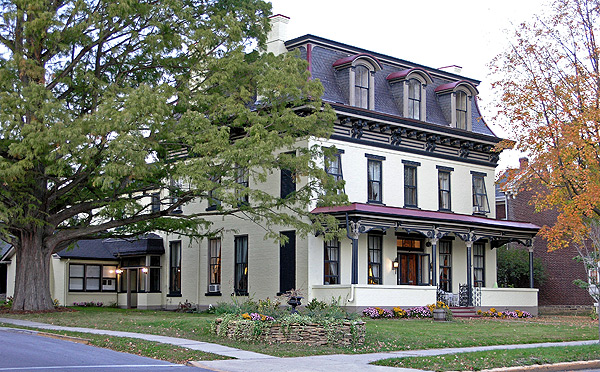
Is Middletown Borough in a CLG?
TY